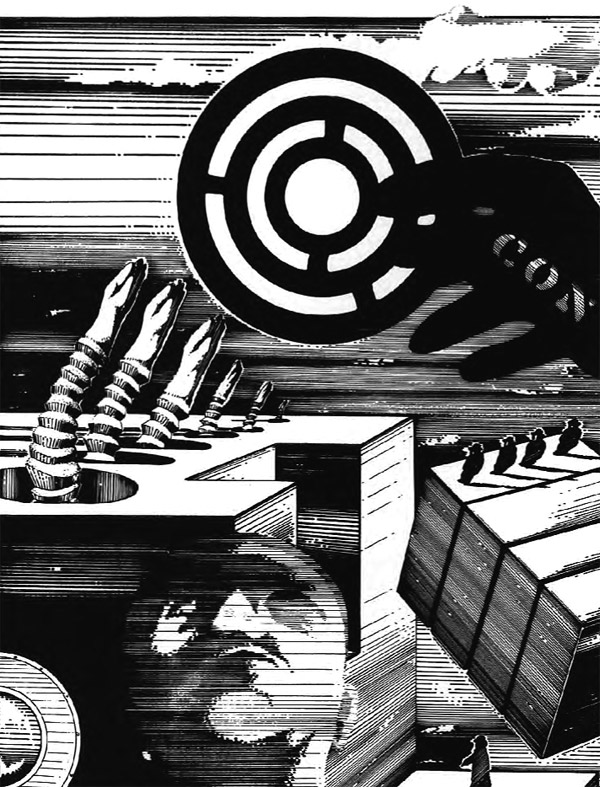
Clay Shirky tells no fewer than five separate stories in his short essay. He explains how his title is taken from a book called The Collapse of Complex Societies; he tells a story about a consulting engagement he had at AT&T; he spins his short MIT story; he talks about a web video comedy called In the Motherhood and how ABC failed to turn the web video into a successful TV series; and he talks about Charlie biting his brother’s finger on YouTube. Charming, each and every one, but what you might not notice on a first casual reading is that there is little to hold them together or back them up. Switching from story to story keeps the reader off-balance and makes it seem plausible that there is, in fact, a coherent mechanism behind the anecdata if only we were quick enough to catch it as the stories fly by. But there isn’t. The resolution never appears. There is nothing behind the curtain. —“Wikibollocks: The Shirky Rules,” Tom Slee, Whimsley
The Executioner’s Song, the soon-to-be Second Coming;
there will always be bigotry and hatred in the desert;
camel hump–the flavors of traditionally exquisite nastiness
PM: I blame the deconstructionists.
GM: Yeah. Deconstruction, you know, it started out as fun. How does this thing work, what makes this tick? And that’s fascinating and can be illuminating and instructive. But let’s say you have a clock. And you love this clock, it’s handed down in your family many generations, it’s beautiful, it always works, the alarm always goes off when it’s supposed to… and then one day you take it apart. You can have two reactions when all the pieces are lying on the floor. You can say, “Isn’t it incredible that all these little pieces—each of which is nothing by itself—can combine into this marvelous artifact?” Or you can say, “Look! It’s just a bunch of stuff!” —“High Stakes Criticism: An Interview with Greil Marcus,” Robert Loss, Pop Matters
The death of the wise rapper–tragedy or farce?
into what tropical abyss disappears this nation’s most efficient tyrant?
not really a sport: the dog does the work, the coyote does the dying, and you’re the only one who’s heard of it
Consider the contradictions: It was the first medicine ever designed to be taken regularly by people who were not sick. Its main inventor was a conservative Catholic who was looking for a treatment for infertility and instead found a guarantee of it. It was blamed for unleashing the sexual revolution among suddenly swinging singles, despite the fact that throughout the 1960s, women usually had to be married to get it. Its supporters hoped it would strengthen marriage by easing the strain of unwanted children; its critics still charge that the Pill gave rise to promiscuity, adultery and the breakdown of the family. In 1999 the Economist named it the most important scientific advance of the 20th century, but Gloria Steinem…calls its impact “overrated”…Today more than 100 million women around the world start their day with this tiny tablet. So small. So powerful. But in surprising ways, so misunderstood. —“The Pill at 50: Sex, Freedom and Paradox,” Nancy Gibbs, Time
Faint praise: “Meet the Mets” superior to the Bronx cheer;
the White-suited Affectation– there can be only one!
run, Pedro, run! (just not for office)


